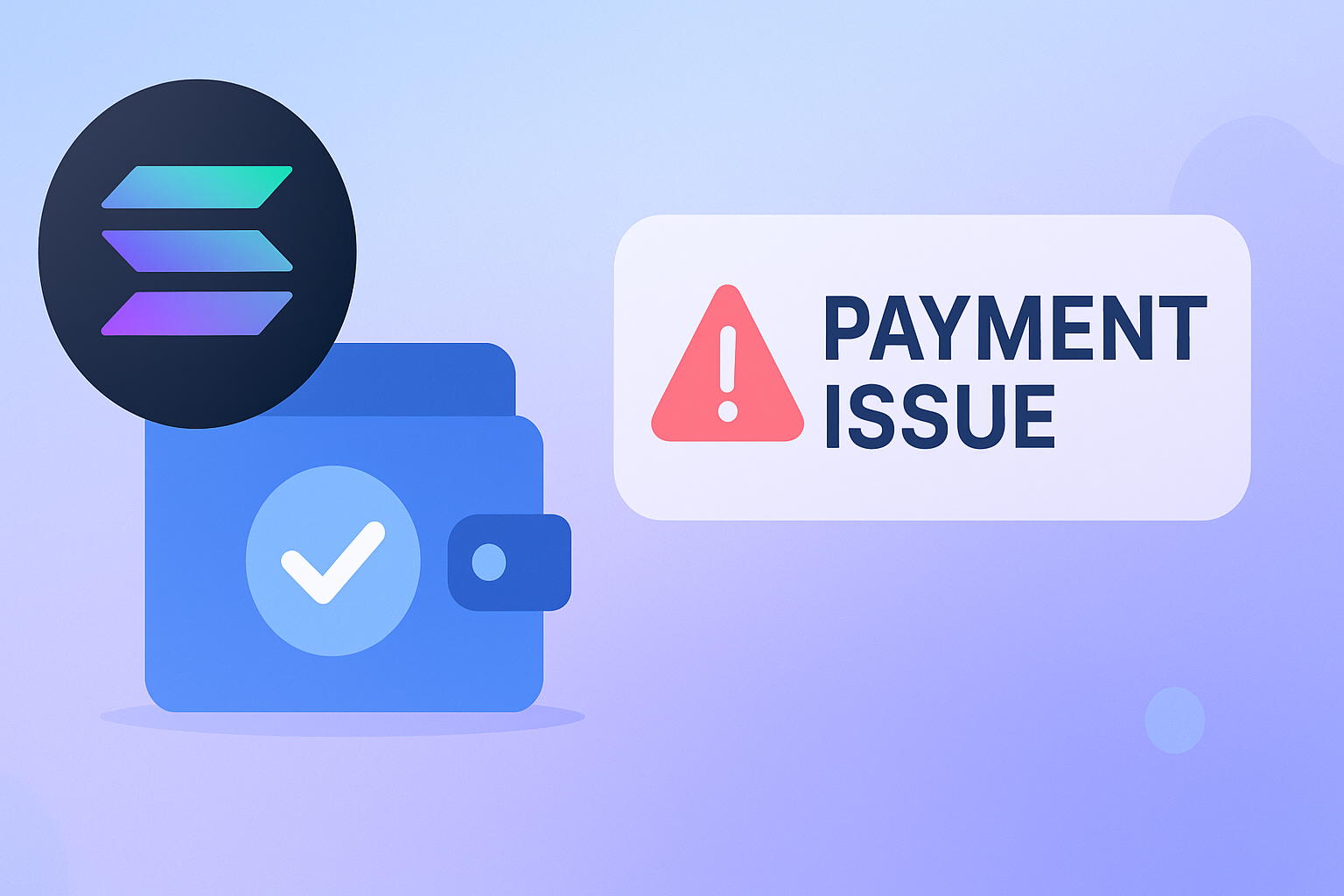First of all, what is robots.txt in web scraping?
The Robots Exclusion Protocol (REP) set robots.txt is a file that websites use to inform search bots about whether and how their site should be crawled and indexed by search engines.
Let’s explore how to interpret robots.txt when performing web scraping!
So, how can we get the robots.txt file on a website?
To access the robots.txt file on a website, follow these simple steps:
-
Open a Web Browser: Launch your preferred web browser.
-
Navigate to the URL: In the address bar, enter the URL of the website followed by /robots.txt. For example, to access the robots.txt file for https://example.com, you would enter https://example.com/robots.txt.
-
View the File: Press Enter, and the browser will display the contents of the robots.txt file if it exists. You’ll likely see a “404 Not Found” error if the file is not present. Don’t worry; not every website has a robots.txt file.
-
Check for Variants: Some websites might have multiple robots.txt files for different subdomains or sections. Be sure to check for robots.txt files on other subdomains if applicable (e.g., https://blog.example.com/robots.txt).
-
Use Developer Tools: Alternatively, you can use web development tools or browser extensions designed to analyze website structures and locate and view robots.txt.
By following these steps, you can easily access and review the robots.txt file for any website.
Here is an example of what a robots.txt may look like:
# robots.txt for [Your Website]
# Define the user-agent(s) that the rules apply to
User-agent: *
# Set the crawl delay (time in seconds between requests)
Crawl-delay: 10
# Define the time range for allowed visits (24-hour format)
Visit-time: 8-18
# Set the request rate (requests per second)
Request-rate: 1/10
# Specify the location of the sitemap
Sitemap: https://www.yourwebsite.com/sitemap.xml
Let's proceed with reading or interpreting these files.
- User-agent
- Specifies which web crawlers the rules apply to. '*' means the rules apply to all crawlers.
- Crawl-delay
- Instruct crawlers to wait a specified number of seconds between requests to avoid overloading your server.
- Visit-time
- Restricts crawlers to access your site only during specified hours. Note that this directive is not universally supported by all crawlers.
- Request-rate
- Specifies the number of requests per second allowed. This is a more precise control but is not universally supported.
- Sitemap
- Provides the URL of your XML sitemap to help crawlers find and index your pages more efficiently.
Listed below are the steps for web scraping a website using robots.txt
- Visit https://www.example.com/robots.txt (replace example.com with the website you are interested in).
- Look for directives like Disallow, Allow, User-agent, and Sitemap. These tell you which parts of the site are off-limits or permitted for different user agents (e.g., web crawlers).
- Look out for any specified crawl-rate limits or visit times that you must abide by.
- Make sure your scraping program complies with the guidelines outlined in the robots.txt file.
- Follow the rules specified in the robots.txt while extracting data from the website.
Note: Although website owners use robots.txt to regulate access, your bot might still encounter obstacles like CAPTCHAs, IP blocking, or other measures that could inadvertently prevent access.
What are the pros and cons of using robots.txt file?
Pros
- Control Over Crawling and Indexing: Directing search engines to avoid crawling a test environment URL like https://www.example.com/test/ to prevent test content from appearing in search results.
- Improved Site Performance: Reducing server load by blocking crawlers from accessing resource-intensive sections
- Enhanced Privacy and Security: Preventing bots from accessing internal administrative pages like https://www.example.com/admin/, thereby reducing the risk of exploitation.
Cons
- Limited Security: The file's directives are public and can be viewed by anyone, including scrapers who might use this information to target disallowed areas.
- No Guarantee of Compliance: Search engine bots might not always respect robots.txt directives, especially if they are poorly implemented or if the bot's behavior does not strictly follow the standard.
- Potential for Misconfiguration: Incorrectly blocking the entire site with Disallow: /, preventing all pages, including essential ones, from being crawled and indexed.
Conclusion
In summary, understanding and interpreting the robots.txt file is crucial for successful web scraping and for preventing potential issues. We've also covered how to effectively read and utilize this file.





